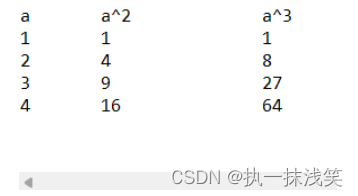一、vue2和vue3父传子通信的差别
1、Vue2
父组件向子组件传递数据通常通过props属性来实现。父组件可以在子组件的标签中使用v-bind指令将数据传递给子组件的props属性。在子组件中,可以通过props属性来接收这些数据。这种方式是一种单向数据流的方式,父组件传递数据给子组件,子组件接收并渲染这些数据。
vue2中使用props属性传递数据示例:
<!-- ParentComponent.vue --> <template> <ChildComponent :message="parentMessage" /> </template> <script> import ChildComponent from './ChildComponent.vue'; export default { data() { return { parentMessage: 'Hello from parent' }; }, components: { ChildComponent } }; </script><!-- ChildComponent.vue --> <template> <div>{{ message }}</div> </template> <script> export default { props: ['message'] }; </script>2、Vue3
Vue3除了仍然可以使用props来进行父子组件通信外,Vue 3引入了一个新的API,即
attrs和emit。通过attrs,父组件可以向子组件传递属性,而子组件可以通过emit向父组件发送事件。这种方式使得父子组件之间的通信更加灵活,子组件可以通过emit触发事件,父组件可以监听这些事件并做出相应的响应。还引入了
v-model指令的改进,使得父组件可以通过v-model指令双向绑定数据到子组件。这样父组件可以直接修改子组件中的数据,而不需要通过事件和属性来进行通信。在Vue 3中,可以使用attrs属性传递数据的示例代码如下:
<!-- ParentComponent.vue --> <template> <ChildComponent v-bind="attrs" @child-event="handleChildEvent" /> </template> <script> import ChildComponent from './ChildComponent.vue'; export default { data() { return { attrs: { message: 'Hello from parent' } }; }, components: { ChildComponent }, methods: { handleChildEvent(data) { console.log('Received data from child:', data); } } }; </script><!-- ChildComponent.vue --> <template> <button @click="emitEvent">Click me</button> </template> <script> export default { methods: { emitEvent() { this.$emit('child-event', 'Data from child'); } } }; </script>父组件通过attrs属性向子组件传递message属性,子组件通过$emit方法触发child-event事件,并将数据传递给父组件。父组件可以监听child-event事件并处理子组件传递的数据
二、props传递的数据在子组件是否可以修改?
不能!
在Vue中,props 是单向数据流的,意味着父组件传递给子组件的 props 数据在子组件中是只读的,子组件不能直接修改 props 数据。
!!!然而,如果子组件需要修改传递下来的数据,可以通过以下方式实现:
子组件就间接地修改父组件传递下来的数据
1、在子组件内部使用 data 属性:子组件可以将 props 数据作为初始值,然后在子组件内部将其赋值给 data 属性中的变量,从而可以在子组件内部修改这些数据。
<template> <div> <p>{{ modifiedMessage }}</p> <button @click="modifyMessage">Modify Message</button> </div> </template> <script> export default { props: ['message'], data() { return { modifiedMessage: this.message }; }, methods: { modifyMessage() { this.modifiedMessage = 'Modified message'; } } }; </script>
- 2、通过触发事件向父组件传递修改后的数据:子组件可以通过 $emit 方法触发一个自定义事件,并将修改后的数据传递给父组件,由父组件来更新数据。
<template> <div> <p>{{ message }}</p> <button @click="modifyMessage">Modify Message</button> </div> </template> <script> export default { props: ['message'], methods: { modifyMessage() { this.$emit('update:message', 'Modified message'); } } }; </script>父组件可以监听子组件触发的事件,并在事件处理程序中更新数据。
<template> <div> <ChildComponent :message="parentMessage" @update:message="updateMessage" /> </div> </template> <script> import ChildComponent from './ChildComponent.vue'; export default { data() { return { parentMessage: 'Hello from parent' }; }, components: { ChildComponent }, methods: { updateMessage(newMessage) { this.parentMessage = newMessage; } } }; </script>
三、如何往window上添加自定义属性?
在Vue应用中,如果需要向
window对象添加自定义属性,方法一、
可以在Vue实例的生命周期钩子函数中进行操作。
以下是一种常见的方法:
// main.js (或者入口文件) import Vue from 'vue'; import App from './App.vue'; Vue.config.productionTip = false; new Vue({ render: h => h(App), created() { // 在Vue实例创建时,向window对象添加自定义属性 window.customProperty = 'Custom Value'; } }).$mount('#app');方法二、
使用Vue插件来实现向
window添加自定义属性。// customPlugin.js const CustomPlugin = { install(Vue) { Vue.prototype.$customProperty = 'Custom Value'; window.customProperty = 'Custom Value'; } }; export default CustomPlugin;定义了一个名为
CustomPlugin的插件,通过install方法在Vue实例上添加了一个原型属性$customProperty,同时也向window对象添加了自定义属性customProperty。然后,在Vue应用的入口文件中使用这个插件:
// main.js (或者入口文件) import Vue from 'vue'; import App from './App.vue'; import CustomPlugin from './customPlugin'; Vue.config.productionTip = false; Vue.use(CustomPlugin); new Vue({ render: h => h(App) }).$mount('#app');通过这种方式,我们可以在整个Vue应用中通过
this.$customProperty访问插件定义的属性,并且也可以通过window.customProperty在全局范围内访问这个属性。
四、算法【多数元素】
1.题目
给定一个大小为
n的数组nums,返回其中的多数元素。多数元素是指在数组中出现次数 大于⌊ n/2 ⌋的元素。你可以假设数组是非空的,并且给定的数组总是存在多数元素。
int majorityElement(int* nums, int numsSize) { }2.解题
基本思想是在数组中进行投票,将第一个元素作为候选者,然后对数组中的每个元素进行遍历,如果计数为0,则将当前元素设为候选者,如果和候选者相同则计数加1,否则计数减1。最终选出的候选者就是多数元素。
int majorityElement(int* nums, int numsSize) { int count = 0; int candidate = 0; for (int i = 0; i < numsSize; i++) { if (count == 0) { candidate = nums[i]; } if (nums[i] == candidate) { count++; } else { count--; } } return candidate; // if no majority element exists }


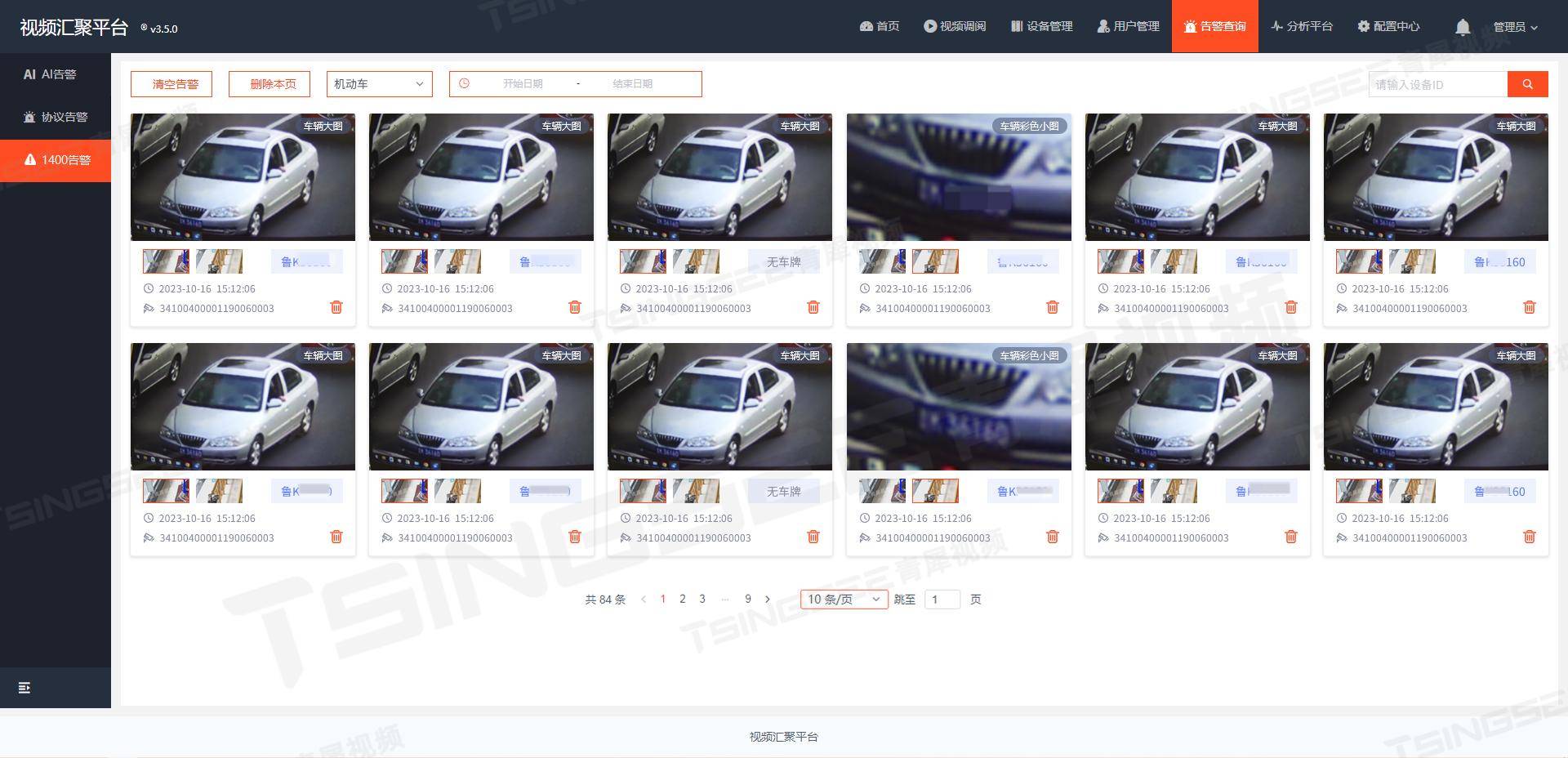

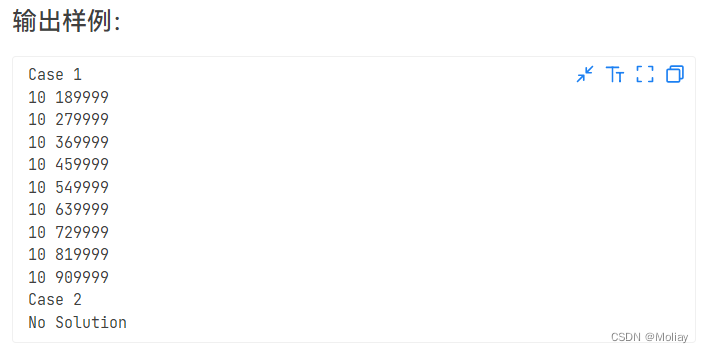

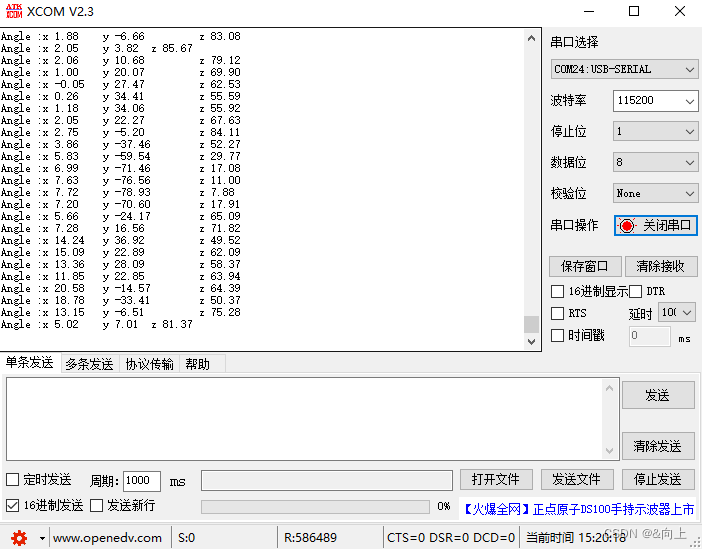
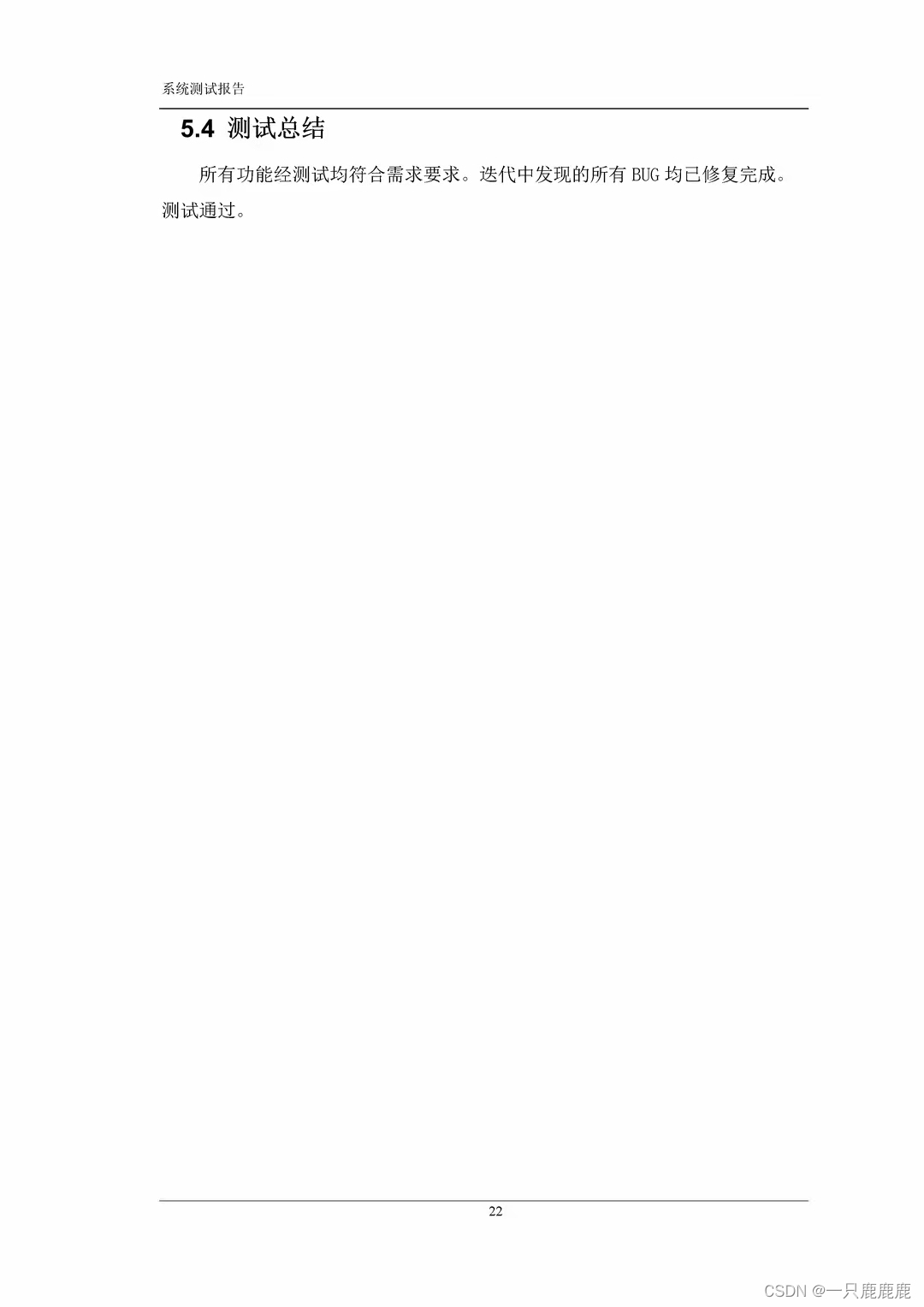


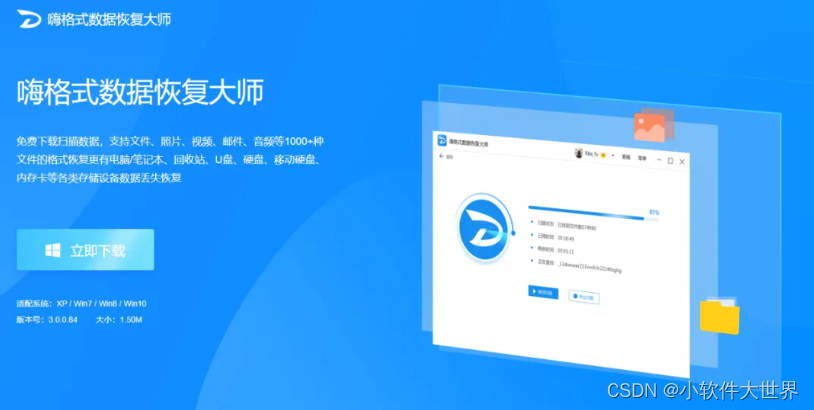
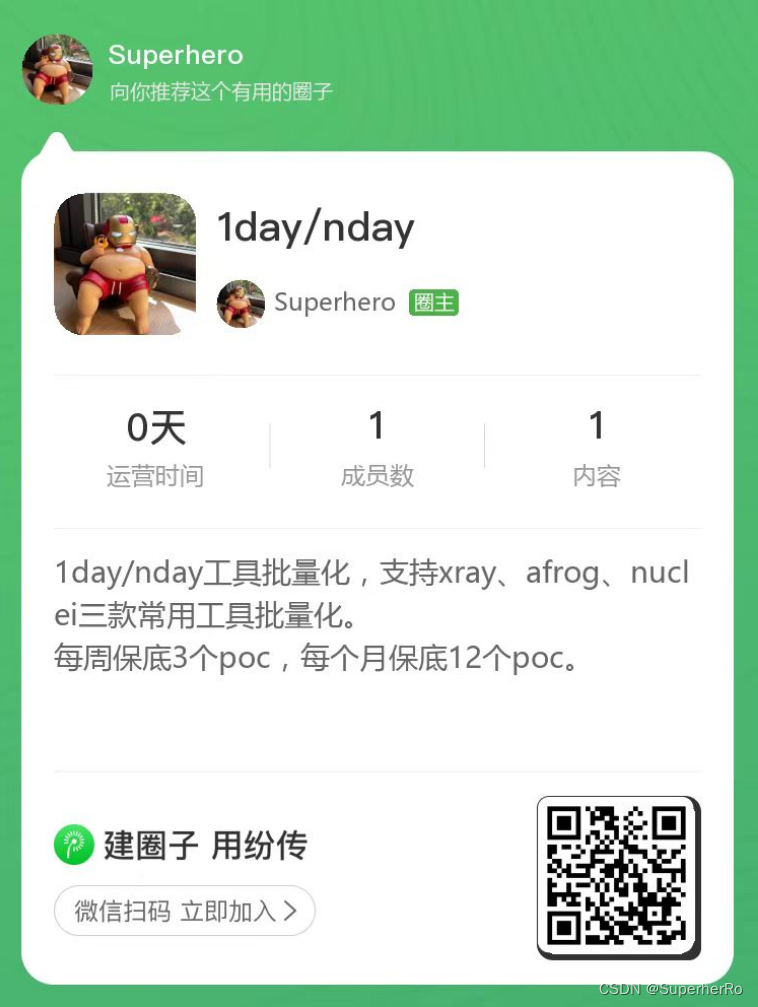
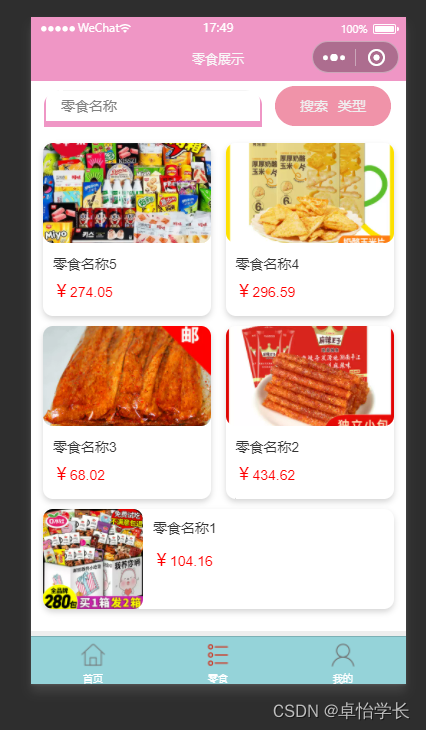
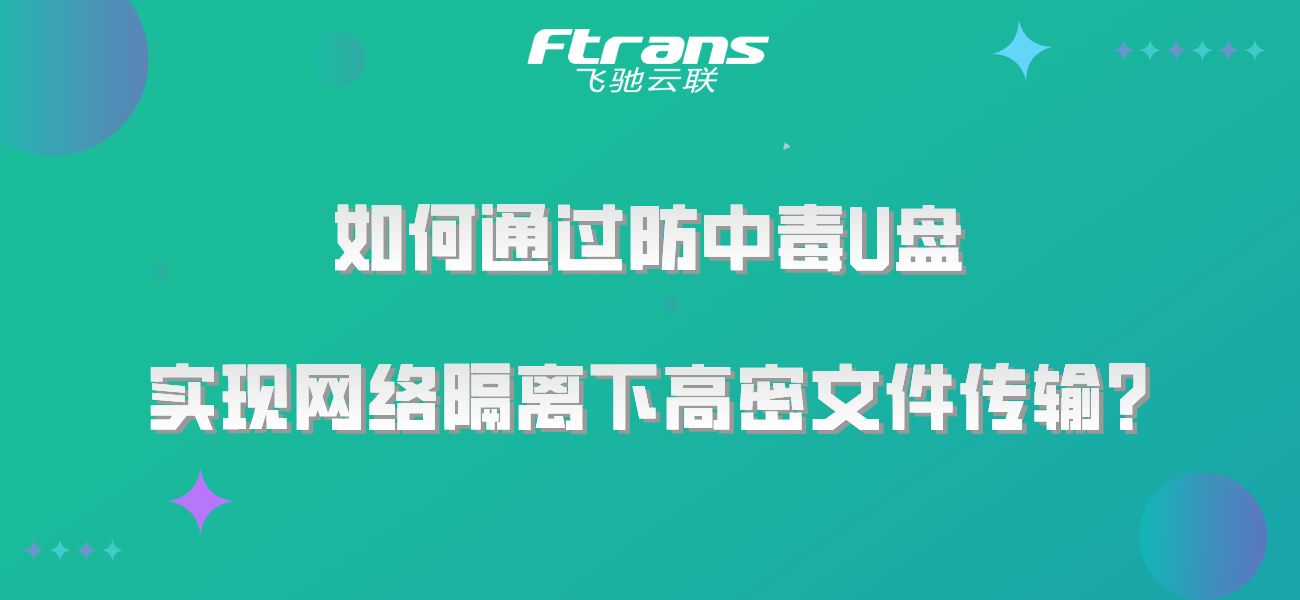
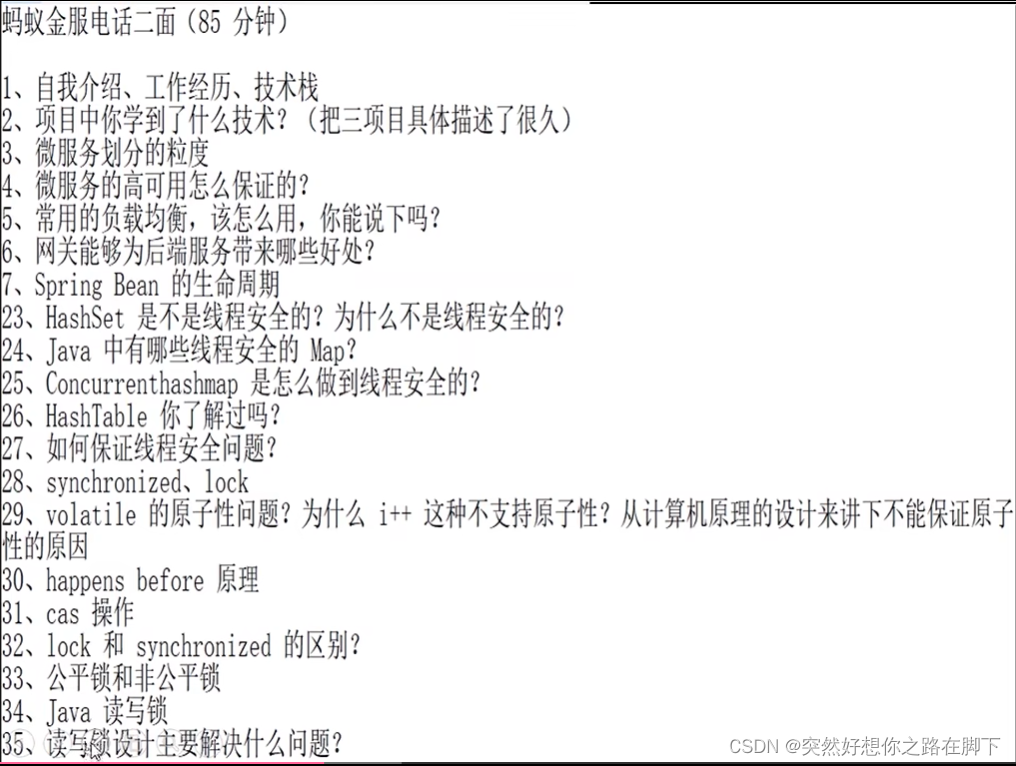
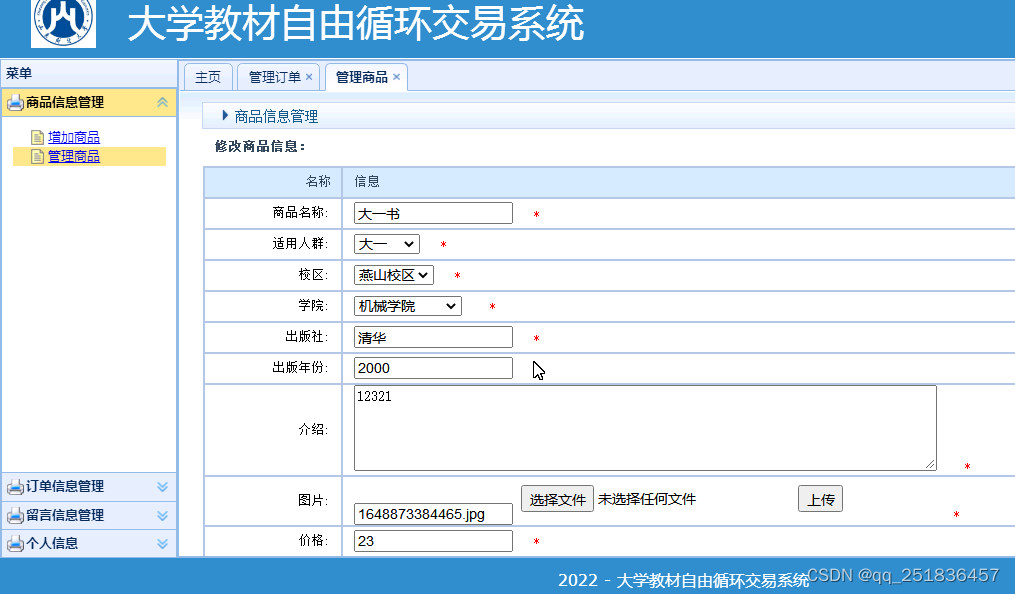

![[数据集][目标检测]电力工地场景下的人头检测数据集VOC+YOLO格式7035张1类别](https://img-blog.csdnimg.cn/direct/31c4c2cce6cb4284b75ed9370ea1fe28.png)
